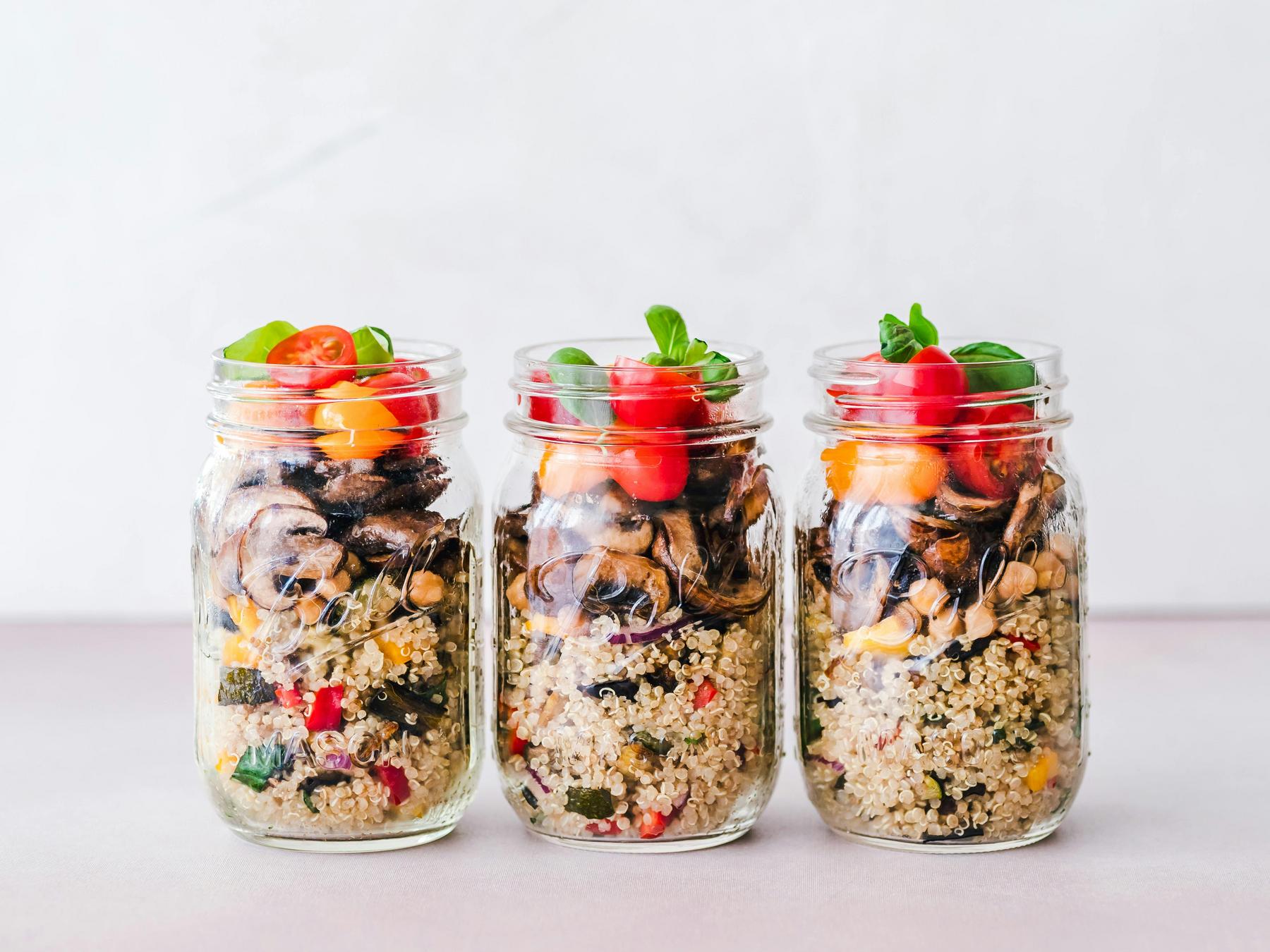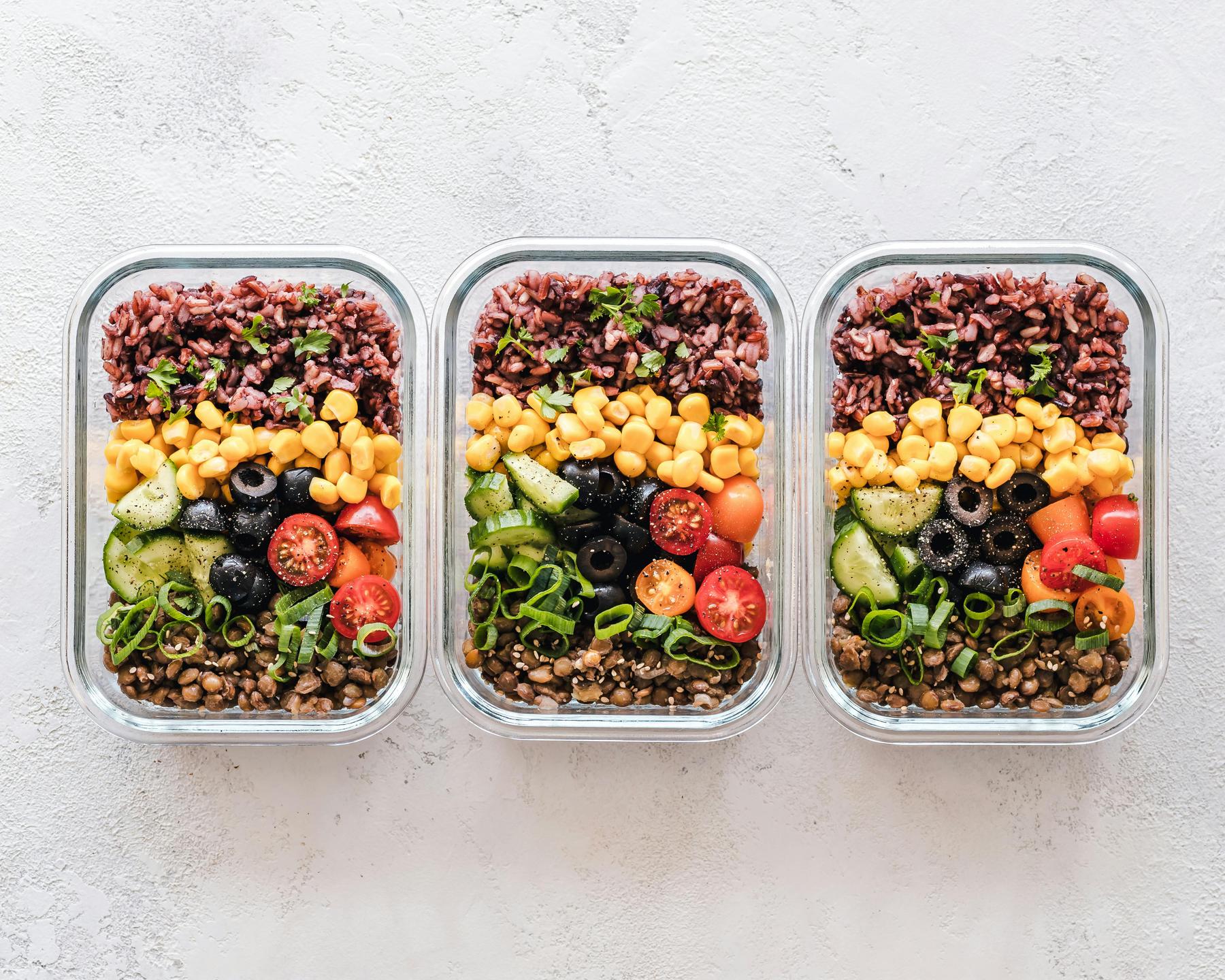In today’s fast-paced world, the way we approach our daily meals significantly impacts our health, finances, and lifestyle. The choice between preparing meals from scratch and opting for ready-made alternatives represents more than just a decision about dinner—it’s a reflection of our priorities, resources, and health goals. With Australians increasingly conscious of nutritional quality yet constrained by time, understanding the comprehensive implications of these choices has never been more relevant. This evidence-based analysis examines the multifaceted factors influencing meal preparation decisions to help you determine which approach best aligns with your individual circumstances and objectives.
How Do DIY and Ready-Made Meals Compare Nutritionally?
The nutritional profiles of homemade versus pre-prepared meals differ substantially across several key dimensions. DIY meals typically provide superior nutritional quality through fresher ingredients and greater control over preparation methods. Research demonstrates that homemade meals contain, on average, 30% less sodium, 40% less saturated fat, and significantly higher levels of essential micronutrients compared to their ready-made counterparts.
“When preparing meals at home, individuals can prioritize nutrient-dense ingredients while minimizing preservatives, artificial additives, and excessive salt—elements frequently found in commercial ready-made options,” explains nutritional science research. Home cooking enables precise adjustment of ingredients to accommodate specific dietary requirements, whether managing food intolerances, chronic conditions, or personal preferences.
However, the nutritional gap is narrowing as premium ready-made meal services increasingly emphasize quality ingredients and transparent nutritional information. Some specialized prepared meal companies now offer options with carefully controlled macronutrient ratios, reduced sodium content, and minimal preservatives. Nevertheless, these improved products typically command higher price points and still rarely match the nutritional integrity of freshly prepared alternatives.
Thermal processing in pre-packaged meals significantly impacts nutrient retention, with studies indicating up to 40% degradation of heat-sensitive vitamins such as vitamin C and certain B vitamins during industrial production and preservation. This contrasts with minimal processing in homemade preparation, which better preserves these essential nutrients.
Which Option Offers Better Value for Money?
The economic comparison between DIY and ready-made meals reveals substantial cost differentials based on meal frequency, ingredient quality, and household size. Financial analyses consistently demonstrate that home cooking provides the most economical approach to regular meal consumption.
Recent economic assessments indicate that the average homemade meal costs approximately $4.31 per serving, while comparable ready-made alternatives range from $8-12 for meal kits and approximately $20 for restaurant meals—representing a 45-79% premium over DIY preparation. This cost disparity becomes particularly significant when multiplied across multiple meals and family members.
| Meal Type | Average Cost Per Serving | Annual Cost (5 meals/week) | Potential Savings vs. Ready-Made |
|---|---|---|---|
| Homemade | $4.31 | $1,120.60 | Base comparison |
| Meal Kit | $10.00 | $2,600.00 | $1,479.40 |
| Restaurant/Takeaway | $20.37 | $5,296.20 | $4,175.60 |
Beyond direct costs, ready-made meals incur additional financial implications through single-use packaging and potential food waste from inflexible subscription models. Conversely, DIY approaches allow for ingredient repurposing, bulk purchasing, and strategic preparation of larger quantities for future consumption—further enhancing their economic advantage.
“Investing time in developing cooking skills and meal planning yields significant compounding financial benefits, with households preparing five or more weekly meals at home saving approximately $1,200 annually compared to those regularly consuming ready-made alternatives,” notes economic research on dietary habits.
How Does Time and Convenience Factor Into Your Decision?
Time constraints represent the primary motivation driving consumers toward ready-made options. The average homemade dinner requires 45-90 minutes from planning to cleanup, while ready-made alternatives reduce active preparation time to just 5-15 minutes—a critical consideration for individuals with demanding schedules or competing responsibilities.
The convenience calculus extends beyond mere time investment to include cognitive load and decision fatigue. Ready-made meals eliminate the mental effort associated with recipe selection, ingredient procurement, and preparation techniques—factors that can present significant barriers for those with limited culinary experience or confidence.
Strategic approaches can mitigate the time differential between these options. Batch cooking (preparing multiple servings simultaneously for future consumption) distributes preparation time efficiently, reducing the per-meal time commitment of DIY approaches. Similarly, meal planning technologies help optimize shopping and preparation processes while minimizing food waste.
Skill development represents another important temporal consideration. While ready-made meals require minimal culinary expertise, they provide limited opportunities for developing food preparation competencies. Research indicates that 68% of meal kit users eventually transition to independent cooking within two years, suggesting these services can function as effective culinary training tools rather than permanent solutions.
What Are the Environmental Impacts of Your Meal Choice?
Environmental sustainability metrics reveal significant ecological differentials between homemade and ready-made meal options. Pre-packaged meals generate 25-35% higher global warming impacts compared to DIY equivalents, primarily due to extensive packaging, refrigerated transportation, and energy-intensive processing.
A typical frozen dinner utilizes 3-5 distinct plastic components totaling 45-60g of packaging waste per serving, whereas homemade meals stored in reusable containers generate only 5-10g of associated waste. While some companies have implemented compostable packaging initiatives, research indicates that only 12% of Australian municipalities currently process these materials appropriately, resulting in landfill disposal in most instances.
Transportation emissions represent another environmental consideration, with ready-made meals typically traveling greater distances through refrigerated supply chains. Local ingredient sourcing for DIY meals can reduce transportation-related carbon emissions by 40-60% compared to nationally distributed prepared alternatives.
Energy consumption patterns also differ between preparation methods. Slow cookers and pressure cookers reduce DIY energy utilization by up to 70% compared to conventional ovens, while microwaving ready-made meals consumes approximately 50% less energy than oven reheating—highlighting the importance of preparation techniques in determining overall environmental impact.
How Do Both Options Support Weight Management?
Weight management outcomes depend significantly on portion control, nutritional quality, and behavioral sustainability—factors that manifest differently across DIY and ready-made approaches. Controlled clinical studies demonstrate that both methods can effectively facilitate weight reduction when implemented within structured programs.
Ready-made meals simplify portion management through standardized serving sizes, typically providing 300-400 calories per dinner portion. This precise caloric control eliminates estimation errors common in home preparation and helps establish appropriate portion awareness. Conversely, DIY approaches require more meticulous measurement but offer greater flexibility to adjust portions based on individual energy requirements and hunger cues.
Long-term weight management success correlates strongly with sustainable behavioral modifications rather than temporary dietary interventions. Research indicates that 65% of individuals using primarily DIY approaches maintained weight loss for five years, compared to 35% of those relying predominantly on ready-made options. This differential suggests that developing cooking skills and nutritional knowledge through DIY preparation may better support enduring dietary changes.
Satiety represents another critical factor in weight management success. Homemade meals typically contain higher quantities of dietary fiber and protein, which research associates with enhanced satiety and reduced between-meal snacking. Studies demonstrate that DIY meals with adequate protein and fiber content reduce subsequent caloric intake by approximately 30% compared to many commercial ready-made alternatives.
“The optimal approach for sustainable weight management often involves strategic integration of both DIY and ready-made options based on individual circumstances, skills, and schedules,” notes weight management research. This hybrid model allows individuals to benefit from the convenience of ready-made options during high-demand periods while developing and practicing cooking skills when time permits.
Finding Your Optimal Balance
The evidence clearly indicates that neither DIY nor ready-made meal approaches represent universally superior choices. Rather, optimal nutrition depends on identifying personalized strategies aligned with individual priorities, resources, and health objectives.
For individuals prioritizing nutritional quality, environmental sustainability, and cost-effectiveness, emphasizing DIY meal preparation while strategically incorporating convenient alternatives during high-stress periods may provide the most balanced approach. Conversely, those facing severe time constraints or lacking cooking facilities might reasonably rely more heavily on carefully selected ready-made options that maximize nutritional quality within practical limitations.
Technological innovations continue to blur the boundaries between these approaches. Meal planning applications utilizing artificial intelligence now generate customized DIY recipes based on nutritional goals, available ingredients, and time constraints—reducing the cognitive burden of home cooking. Similarly, evolving ready-made meal services increasingly offer modular components that enable limited personalization while maintaining convenience.
The most sustainable approach for many individuals involves developing basic culinary competencies while maintaining a flexible perspective on meal sources. Building a repertoire of simple, nutritious recipes for regular preparation while identifying high-quality ready-made alternatives for occasional use represents a pragmatic strategy that balances competing priorities across various life circumstances.
Are ready-made meals always less nutritious than homemade alternatives?
Not necessarily, though research indicates homemade meals typically contain less sodium, fewer preservatives, and higher levels of heat-sensitive nutrients. Premium ready-made options have improved significantly, with some specialized services now offering nutritionally balanced alternatives with transparent ingredient lists. However, these enhanced products generally command higher prices and still rarely match the nutritional profile of freshly prepared meals made with high-quality ingredients.
How can I make DIY meal preparation more time-efficient?
Strategic batch cooking significantly reduces the time investment required for homemade meals. Dedicating 2-3 hours weekly to preparing multiple servings of staple dishes that refrigerate or freeze well can distribute preparation time efficiently. Additionally, implementing a consistent meal planning routine, utilizing time-saving kitchen tools like slow cookers or pressure cookers, and developing a repertoire of quick, nutritious recipes can substantially streamline the DIY approach.
Which option provides better portion control for weight management?
Ready-made meals offer precise, consistent portion sizes that eliminate estimation errors, benefiting individuals who struggle with portion management. However, DIY approaches provide greater flexibility to adjust portions based on individual energy requirements and hunger cues—an important consideration for sustainable weight management. The optimal strategy depends on personal tendencies toward under or overeating, with some individuals benefiting from the structure of pre-portioned meals while others require the adaptability of home preparation.
Is there a middle-ground approach that combines the benefits of both options?
Many nutrition experts recommend hybrid strategies that integrate elements of both approaches. For example, preparing staple proteins and complex carbohydrates in batches while incorporating selective ready-made components like pre-cut vegetables or simpler meal options during particularly busy periods. Similarly, utilizing meal kit services temporarily can help develop cooking skills that ultimately enable more independent meal preparation. This flexible approach allows individuals to adjust their meal sourcing based on fluctuating time availability and energy levels.
How significant are the environmental differences between DIY and ready-made meals?
Lifecycle analyses demonstrate that ready-made meals typically generate 25-35% higher environmental impacts than comparable homemade alternatives, primarily due to packaging waste, refrigerated transportation, and energy-intensive production processes. However, environmental impact varies significantly based on specific practices. Home cooks who prioritize local, seasonal ingredients, minimize food waste, and utilize energy-efficient cooking methods can substantially reduce their environmental footprint, while consumers selecting ready-made options with minimal packaging and plant-forward ingredients can mitigate some environmental concerns.



